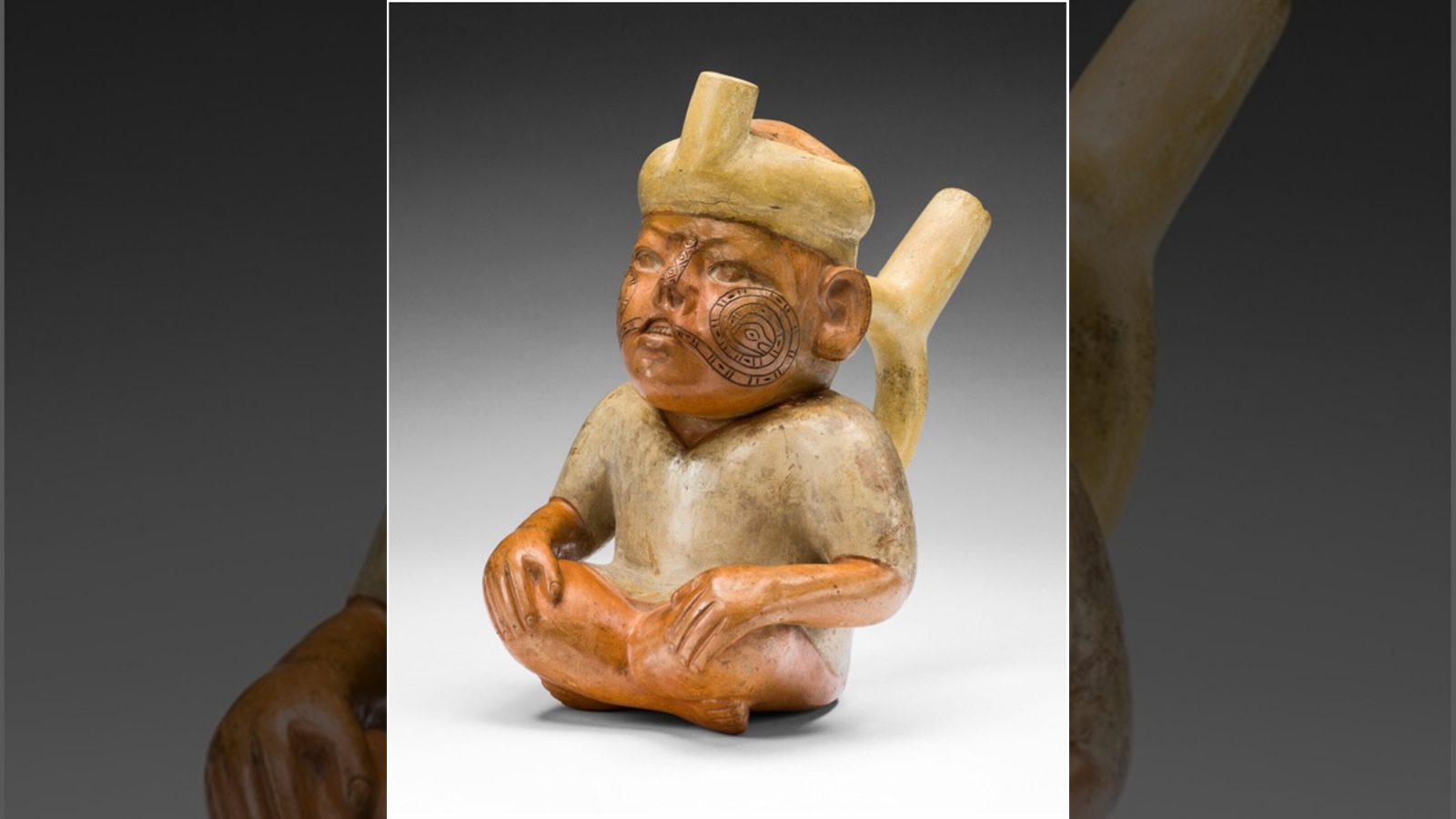Deep-Sea Explorers Find Rare Shapeshifting Jellyfish with a Prize Inside
Part ghost, part plastic bag, all amazing.
What in the name of Neptune's beard is that thing? A ghost? An alien? The ghost of an alien?
Such were the questions that vexed a team of deep-sea scientists aboard the Nautilus research vessel earlier this month, when their underwater recon robot encountered a limp, limbless creature hovering like a ghostly lantern over the Pacific seafloor. As the team watched, the bell-shaped blob suddenly transformed, ballooning into a long, translucent windsock with a mysterious red splotch stuck to its innards.
The blob, the researchers revealed in a recent video of the encounter, was no alien (it's never aliens), but one of the rarest-seen and least-studied jellyfish in the sea.
It's called Deepstaria (named for the research vessel that first discovered the genus in the 1960s), and has been seen only a dozen or so times in the last half-century. Researchers don't know much about the armless, shapeshifting sack, but they do know it has a habit of expanding its body to engulf any prey trusting enough to swim nearby.

That could explain the red splotch inside the jelly's belly. When the researchers zoomed in on the shapeshifting jelly, they saw that the red hanger-on was a tiny, still-living isopod — a type of bottom-feeding crustacean — that may have willingly swum into the jelly's open body for protection from fiercer, less-blobby predators. Such "resident isopods," as the researchers called them, have been observed clinging onto other Deepstaria specimens too, though it’s not clear whether they share a symbiotic relationship.
Little, in general, is known about Deepstaria jellies or their isopod consorts, as so few specimens have been studied. The Nautilus team found this deep-sea duo some 2,500 feet (750 meters) underwater in the Central Pacific, about halfway between the continental United States and Australia. Perhaps they’ll find more Deepstaria — or something even weirder — as their adventures through the deep darkness continue through October.
- In Photos: Spooky Deep-Sea Creatures
- Photos: Deep-Sea Expedition Discovers Metropolis of Octopuses
- In Photos: The Wonders of the Deep Sea
Originally published on Live Science.
Get the world’s most fascinating discoveries delivered straight to your inbox.

Brandon is the space / physics editor at Live Science. With more than 20 years of editorial experience, his writing has appeared in The Washington Post, Reader's Digest, CBS.com, the Richard Dawkins Foundation website and other outlets. He holds a bachelor's degree in creative writing from the University of Arizona, with minors in journalism and media arts. His interests include black holes, asteroids and comets, and the search for extraterrestrial life.


